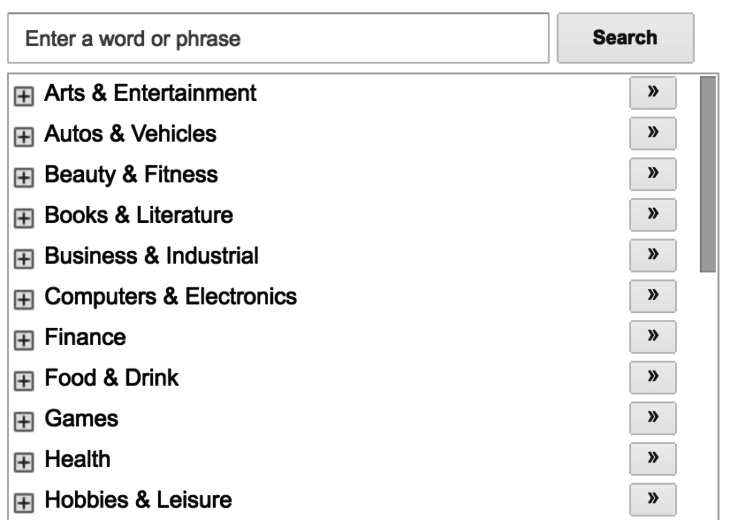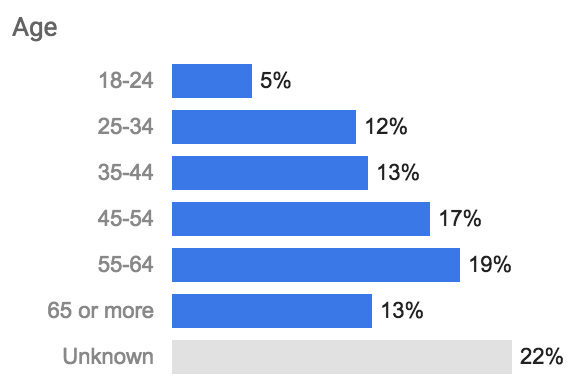The goal of the Google Display Network (GDN) is simple. It is to bring your message or product to exactly the right customers no matter where they are online. AdWords’ contextual targeting tools match your ads to relevant web pages, like targeting travel-related websites if you sell airline tickets.

Here are the targeting tools that AdWords has in place for you to use.
Contextual Targeting
Keyword contextual targeting shows ads on sites related to your keywords and distributes relevant messages to users based on the type of content they regularly consume. Your ads can connect with interested consumers the moment they’re actively engaged in relevant content across the entire GDN.
Keyword level contextual targeting allows you to find consumers who are interested in what you sell. That means you can use keyword-level targeting and bidding to reach your best customers. You are able to then add extra power with remarketing, frequency capping, exclusion controls and other targeting tools.
Placement Targeting
Placement targeting lets you show ads on specific websites that you choose, and on videos, RSS feeds, and mobile sites.
You are able to choose a whole site or just specific pages where you want your ad to appear. You can also use placement and contextual targeting together. If you sell tomato seeds, you can choose a website about gardening, and then use AdWords contextual targeting to automatically find the pages on that website that discuss tomatoes.
Remarketing
Remarketing ads enable you to bring previous visitors back to your site. People who have already visited your site are shown your ads as they look through other websites on the GDN.
As an example, with remarketing you could create an audience around “bikes” that targets viewers of pages with “bike” in the URL. Visitors will then see custom messages on other sites about your great deals on bikes. You can even show them ads for the bike they viewed on your site (dynamic remarketing).
Interest Categories
To put it simply, you can show ads based upon user interests. For example, sports ads for sports fans. This form of targeting lets you focus on people whose online behaviors show they share a common interest, like sports or travel. Then you can show them relevant ads as they interact online.
Topic Targeting
Topic targeting is closely linked to interest categories, but based on sites rather than audience. You are able to show ads on pages about specific subjects. Pick a topic like travel or fitness, and Google will show your ads on approved sites that correlate to that topic. This strategy is an easy way to get exposure on relevant sites, without needing to target them one at a time.

Geographic And Language Targeting
This feature allows you to show ads where your customers are located. Geographic and language targeting gives you the ability to display your ads by language, region, or postal code. If you’re opening a new storefront in Chicago, you can create a grand opening ad to show only in that area. Geo-targeting is also a great way for national vendors to show different ad campaigns in different parts of the country.
Demographic Targeting
If your typical customer tips toward a particular age range or gender, you can use demographic targeting to show your ads specifically to those people who are most likely interested in your business. For example, if your products are expensive and young people are less likely to buy, you can exclude the age range of 18-24 to focus your budget on your best customers.

Demographic targeting is even more successful when used to refine another targeting type. For example, you can target 25 – 34 year olds on gardening related websites.



